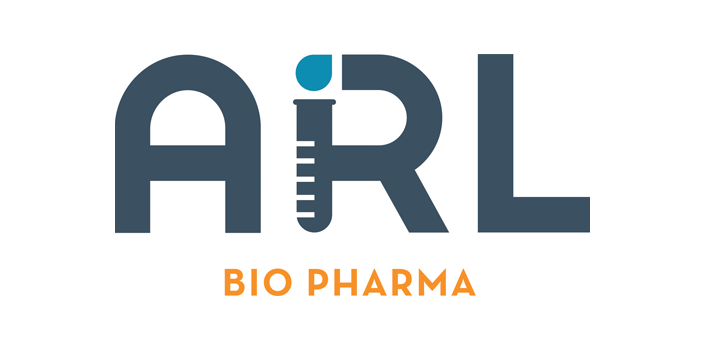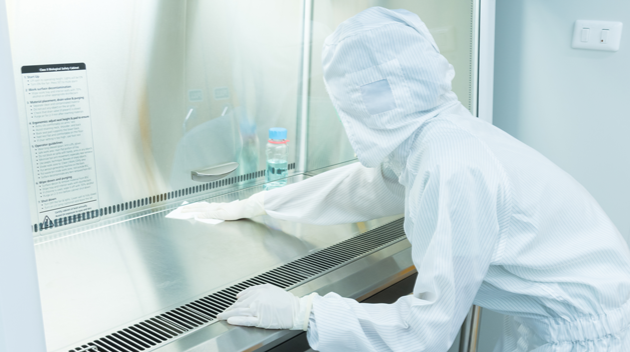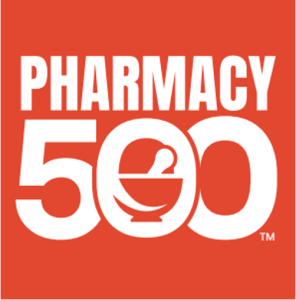Cleaning Validation
A cleaning validation demonstrates a pharmacy, hospital, or outsourcing facility’s cleaning procedure is effective and consistent in cleaning equipment and compounding surface areas. The Food and Drug Administration (FDA) expects firms to have written procedures (SOP’s) detailing the cleaning processes used for various pieces of equipment. According to the FDA, 21 CFR Part 211, “Equipment and utensils shall be cleaned, maintained, and, as appropriate for the nature of the drug, sanitized and/or sterilized at appropriate intervals to prevent malfunctions or contamination that would alter the safety, identity, strength, quality, or purity of the drug product beyond the official or other established requirements.” A cleaning validation is how one proves their cleaning SOPs are sufficient.
Cleaning is necessary to prevent three types of contaminations:
• Cross-contamination with active ingredients
• Contamination with unintended drug components
• Microbiological contamination
Quality programs should have documented cleaning validations for cleaning procedures used in:
• ISO 5 and ISO 7 environments
• Non-sterile hazardous compounding areas
• Non-hazardous compounding areas
Cleaning validations should be conducted on the worst-case scenarios to determine if cleaning procedures are effective at removing residual drug or microorganisms from equipment and compounding surface areas. Without a documented cleaning validation, the pharmacy would not have scientific evidence that equipment and surface areas are cleaned sufficiently to ensure the safety of drug products.
ARL Bio Pharma offers cleaning validations so our clients can have this necessary documentation. For residual drug testing, the client submits their cleaning procedure to ARL along with direct surface sampling or rinse samples. Direct surface sampling is the recommended sampling method and allows the accessible areas to be evaluated for proper cleaning. Rinse sampling allows for larger surface areas and inaccessible systems or ones that cannot be routinely dissembled to be evaluated. For microorganism testing, a cleaning procedure is submitted to ARL along with coupons and cleaning agents.
Our laboratory develops the method for quantitation of active ingredients, unintended drug components, and/or microorganism detection. Next, ARL will simulate surface sampling to demonstrate that the our procedure can recover drug residue or microorganisms. The FDA does not set acceptance specifications or methods for determining whether cleaning processes are validated; however, it does recommend that residue and microorganism limits should be based on knowledge of materials and be practical, achievable, and verifiable.
Industry recommendations for acceptance specifications include:
• No more than 0.1% (1/1000th) of the normal therapeutic dose of any product will appear in the maximum daily dose of the following product, or
• No more than 10 ppm of any product will appear in another product, or
• No quantity of residue should be visible on the equipment after cleaning procedures are performed.
• Specifications and Limits according to USP <1072> Disinfectants and Antiseptics Guidance
Upon conclusion of the cleaning validation testing, ARL provides a final report. This report provides test results and any observations and conclusions regarding the effectiveness of the cleaning procedure. We also provide recommendations based on results found during the study.
For more information on cleaning validations, contact ARL at 800-393-1595 or info@arlok.com.
Resources for Cleaning Validations:
• FDA Guidance for Industry: Insanitary Conditions at Compounding Facilities
• USP <1072> Disinfectants and Antiseptics
• FDA Validation of Cleaning Processes (7/93)
• USP <795> Pharmaceutical Compounding – NonSterile Preparations
• USP <797> Pharmaceutical Compounding – Sterile Preparations
• Microbial Disinfectant Cleaning Challenge Studies







